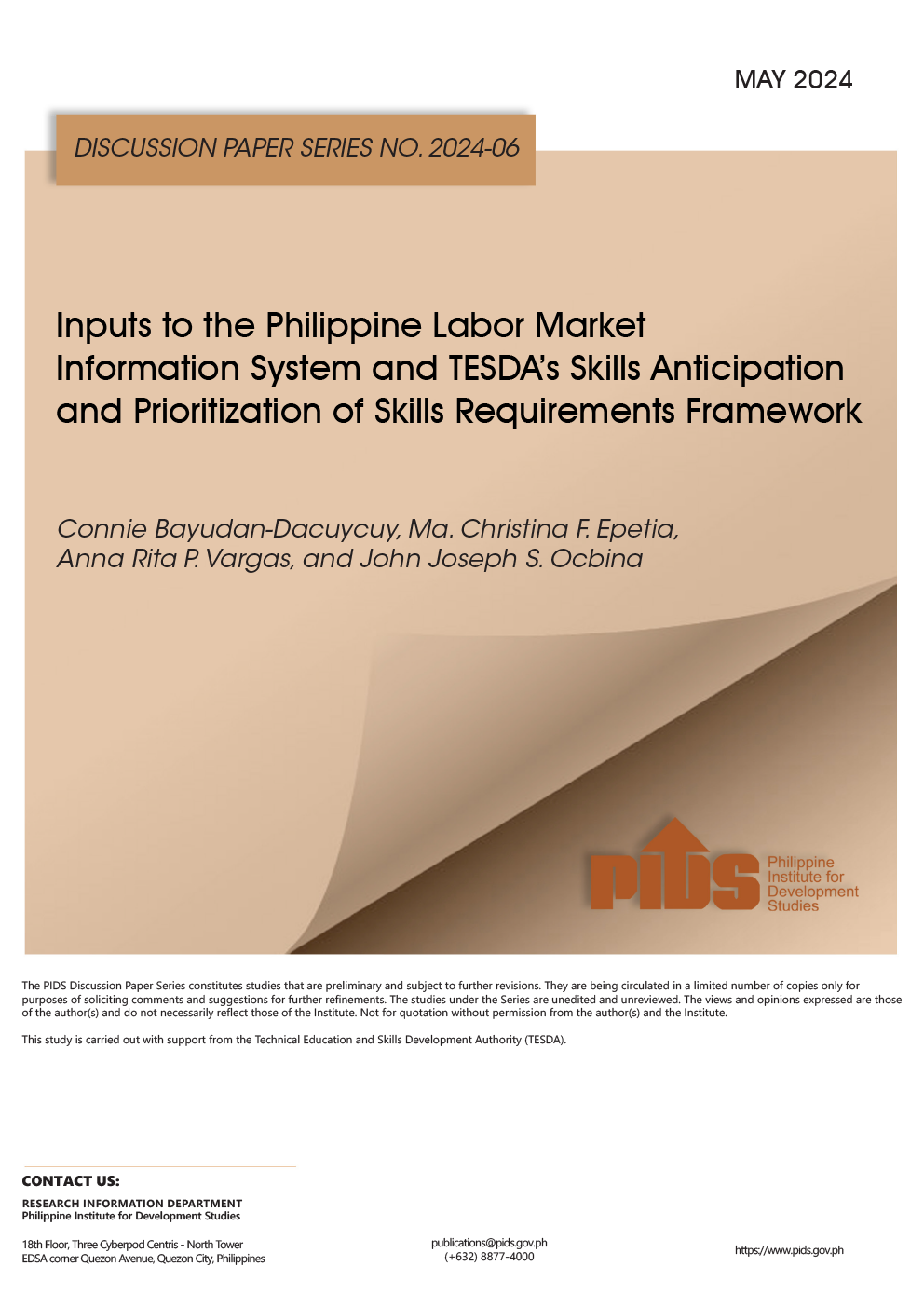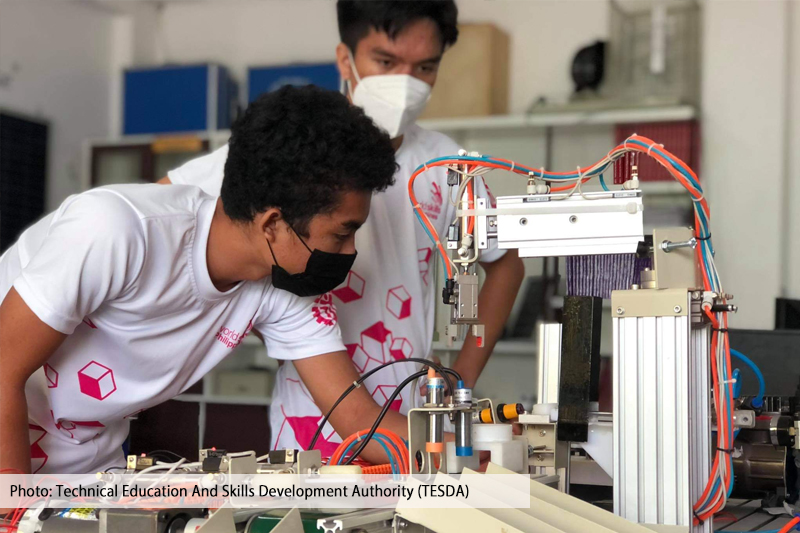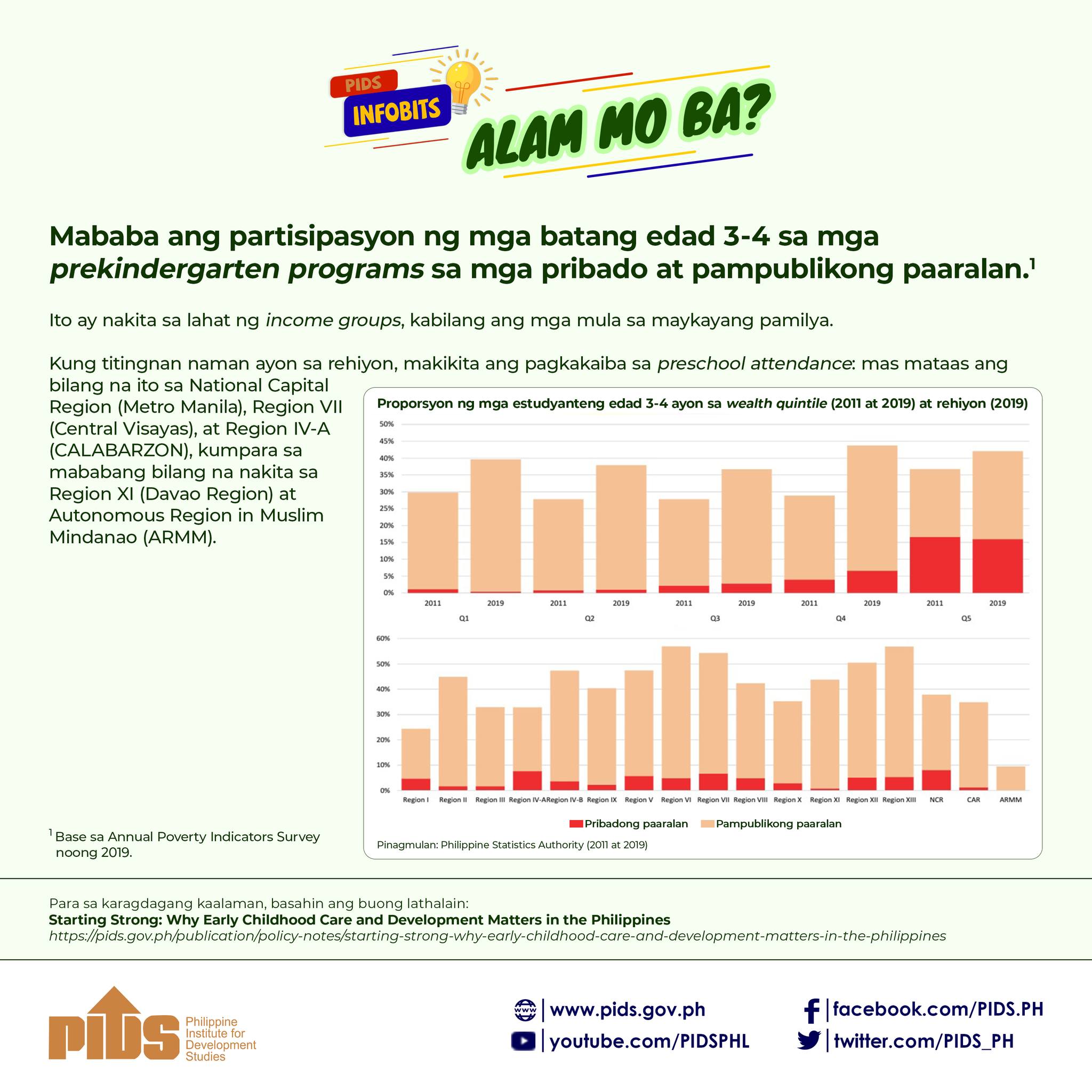Inaccuracies in recorded nutrition status such as age, height, and weight measurements of children in public schools are among the major constraints that state think tank Philippine Institute for Development Studies (PIDS) encountered in assessing the effectiveness of the Department of Education’s School-Based Feeding Program (SBFP).
In her presentation at a seminar organized by PIDS and the Cordillera Studies Center of the University of the Philippines Baguio, PIDS Consultant and UP Professor Ana Maria Tabunda noted that there were inaccuracies in documenting the date of activities undertaken as part of the feeding program as well as the height and weight measurements and nutrition status of children before and after the feeding program. She said that there were also errors in the entries for birth dates and ages.
“Glaring errors include inconsistent recorded heights such as children having lower post-feeding height than pre-feeding height and missing post-feeding weight or height measurements. These inaccurate data in school documents as well as those obtained during the survey by PIDS researchers constrain proper assessment not only of the initial nutrition status of would-be program beneficiaries but also the improvement in such status,” Tabunda said.
Thus, for proper documentation of the children’s progress, she recommended that all schools, including nonbeneficiary schools, must be provided with the recommended weighing scales and height measurement equipment. “All schools need to be provided with these equipment, since non-beneficiary schools also need to submit accurate nutrition status reports, which serve as the basis for determining which schools should implement the feeding program,” she explained.
Tabunda also suggested that school heads, school nurses, and teachers must be trained on the proper use of such equipment and instill in them the importance of proper documentation of the prefeeding, feeding, and postfeeding phases of the program. Accurate documentation, according to Tabunda, help in the proper selection of beneficiary schools and beneficiary pupils, as well as in monitoring and evaluating program outcomes.
She suggested that DepEd should provide schools with an application program such as Microsoft Excel to help them correctly compute a child’s age to the nearest month.
Tabunda suggested that DepEd should review its basis for the 70 percent nutrition target for the SBFP, which has since been increased to 80 percent in the school year 2015-2016 implementation.//
In her presentation at a seminar organized by PIDS and the Cordillera Studies Center of the University of the Philippines Baguio, PIDS Consultant and UP Professor Ana Maria Tabunda noted that there were inaccuracies in documenting the date of activities undertaken as part of the feeding program as well as the height and weight measurements and nutrition status of children before and after the feeding program. She said that there were also errors in the entries for birth dates and ages.
“Glaring errors include inconsistent recorded heights such as children having lower post-feeding height than pre-feeding height and missing post-feeding weight or height measurements. These inaccurate data in school documents as well as those obtained during the survey by PIDS researchers constrain proper assessment not only of the initial nutrition status of would-be program beneficiaries but also the improvement in such status,” Tabunda said.
Thus, for proper documentation of the children’s progress, she recommended that all schools, including nonbeneficiary schools, must be provided with the recommended weighing scales and height measurement equipment. “All schools need to be provided with these equipment, since non-beneficiary schools also need to submit accurate nutrition status reports, which serve as the basis for determining which schools should implement the feeding program,” she explained.
Tabunda also suggested that school heads, school nurses, and teachers must be trained on the proper use of such equipment and instill in them the importance of proper documentation of the prefeeding, feeding, and postfeeding phases of the program. Accurate documentation, according to Tabunda, help in the proper selection of beneficiary schools and beneficiary pupils, as well as in monitoring and evaluating program outcomes.
She suggested that DepEd should provide schools with an application program such as Microsoft Excel to help them correctly compute a child’s age to the nearest month.
Tabunda suggested that DepEd should review its basis for the 70 percent nutrition target for the SBFP, which has since been increased to 80 percent in the school year 2015-2016 implementation.//










